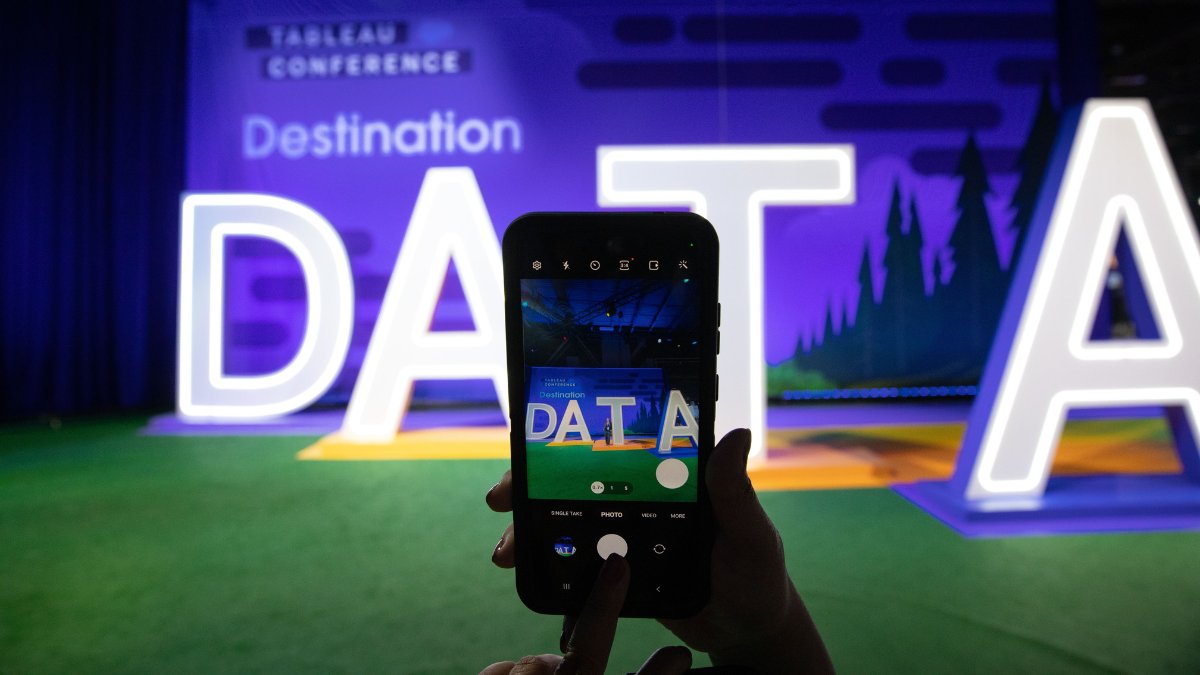 BIG DATA
BIG DATA
 BIG DATA
BIG DATA
 BIG DATA
BIG DATA
The Tableau Software subsidiary of Salesforce Inc. today added generative pre-trained transformer technology of the type used in the popular ChatGPT question-answering application to its core data visualization platform.
The company cited its own research that found that 80% of senior information technology leaders believe generative artificial intelligence will help their organizations make better use of data.
The move is part of a bigger overhaul of Tableau called Pulse, which is aimed at providing AI-powered, personalized experiences by making insights accessible through both natural language and visual formats. The platform also features integrations with collaboration tools such as Salesforce’s Slack and email so reports can be integrated into existing workflows. Tableau said it has trained nearly 2 million people in data skills in a program that aims to make 10 million people data-literate by 2027.
The company is also using its annual user conference to tighten integration with its parent company’s line of sales and marketing tools with composable analytics that bring data directly into Tableau via the new Salesforce Data Cloud for Tableau.
Tableau GPT is built on top of Einstein GPT, Salesforce’s automated assistant. In a demonstration for journalists, Tableau officials showed how the natural language interface, combined with Einstein’s automated analysis, can spot anomalies in data like sales figures and present possible reasons why figures have changed.
“Generative AI has the potential to become one of the transformative technologies of our lifetime,” said Pedro Arellano, head of product at Tableau.
Tableau Pulse can notify sales leaders, for example, when it detects an unusual drop in customer satisfaction scores and identify potential causes such as a large number of active tickets or unusually long response times. Details can then be shared with others on Slack without the need for cutting and pasting.
For developers, a new data service called VizQL provides the ability to embed Tableau anywhere into an automated business workflow, the company said. It sits on top of published data sources and existing models and allows developers to build composable data products with a simple programming interface.
The Data Cloud unifies all of a company’s data across channels and interactions into real-time customer profiles with Tableau used to explore data visually. “It’s a way to think of Salesforce as essentially a database,” Arellano said.
Instant Analytics allows users to analyze and visualize any Data Cloud data live inside Tableau and query millions of records instantly. Data Spaces can break out data and processes across multiple brands, departments or regions from a single Data Cloud instance.
Salesforce and Amazon Web Services Inc. also announced an integration between Tableau and Amazon’s S3 storage via a Tableau connector that provides direct access to unstructured data stored in AWS S3. The AWS S3 Connector for Tableau uses the visualization company Hyper in-memory data engine to speed up data ingestion and analytical query processing for faster analysis.
THANK YOU